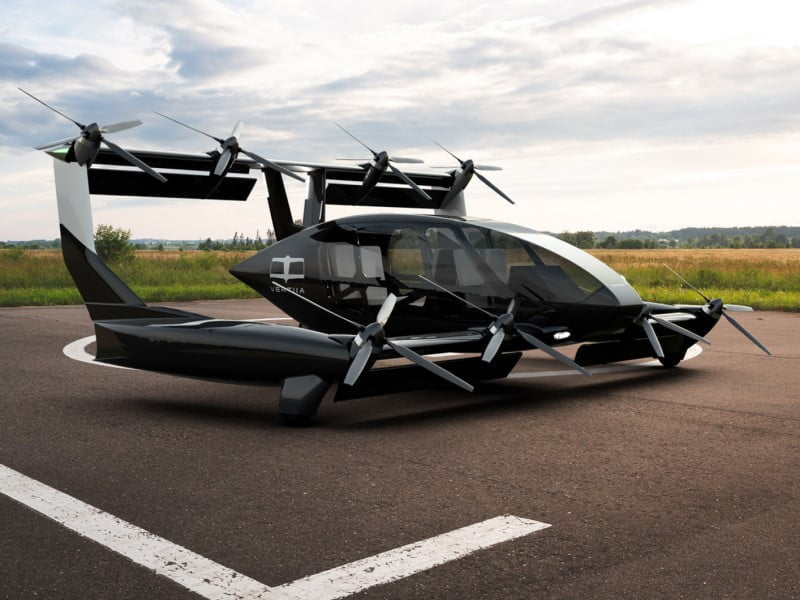A company developing a hydrogen fuel cell powered aircraft in western Sydney secured $5.4 million in funding from the federal government’s independent renewable energy agency on Wednesday to accelerate the design, build and certification activities for its vehicles.
Sydney Bankstown Airport-based AMSL Aero’s aircraft is the first hydrogen powered aviation project supported by the Australian Renewable Energy Agency’s (ARENA).
Founded in 2017, the startup is developing the world’s first electric vertical take-off and landing aircraft to make use of a hydrogen fuel cell, with a planned range of up to 1,000km. Previous flights of the prototype design, powered by a battery cell system, had a range of up to 250km.
AMSL Aero says the vehicle could be used to support air ambulances, emergency services, defence operations, and regional transport.

The Vertiaa aircraft has a five-person passenger capacity and consumes less energy per seat than a high-speed train according to the firm. In its current design, the aircraft can support a 500kg payload and can travel at a speed of up to 300 km/h.
In September last year, AMSL Aero raised $23 million in capital through a funding round led by the St Baker Energy Innovation Fund. Other investors included IP Group Australia, TelstraSuper and Hostplus. Two months later Vertiia was also awarded $5.2 million through the first round of the Department of Infrastructure, Transport, Regional Development, Communications and the Arts’ $30.5 million Emerging Aviation Technology Partnership Program.
In a statement on Wednesday, AMSL Aero co-founder and chief executive Andrew Moore thanked ARENA for the funding and its ongoing commitment to “clean technology that will benefit society and our planet”.
“The significant funding provided by ARENA will mean that we can accelerate the design, build and certification activities for our long range, hydrogen powered electric Vertical Take Off and Landing (VTOL) aircraft,” Mr Moore said.
“It will mean that patients and passengers will have earlier access to the aircraft as a result and will play a key role in decarbonising air transport in Australia and abroad.”
Minister for Climate Change and Energy Chris Bowen said hydrogen will play big role in the future of transport in Australia.
“The Albanese Government is proud to be investing in this high-tech aviation project in parallel to more than $2.5 billion to get a domestic renewable hydrogen industry off the ground,” Minister Bowen said.
“AMSL’s aircraft could become an important tool for emergency services personnel, particularly as we face more frequent natural disasters.
“Green hydrogen and other sustainable aviation fuels are vital to help decarbonise the hard-to-abate aviation sector, now accounting for around 2.5 per cent of global emissions.”
About one fifth of aviation emissions comes from short haul flights under 1,000km.
However, according the federal government’s Aviation Green Paper, while hydrogen aircraft could begin deployment as early as 2035, first deployments are more likely in 2040-2050.
Among the barriers listed are flight range and passenger count, long fleet turnover times, large airport capital investment requirements, and uncertain total ownership costs. Uncertainty around hydrogen refuelling infrastructure is also flagged.
The 2019 National Hydrogen Strategy highlighted transport as one of four strategic focus areas. The strategy is currently under review.







